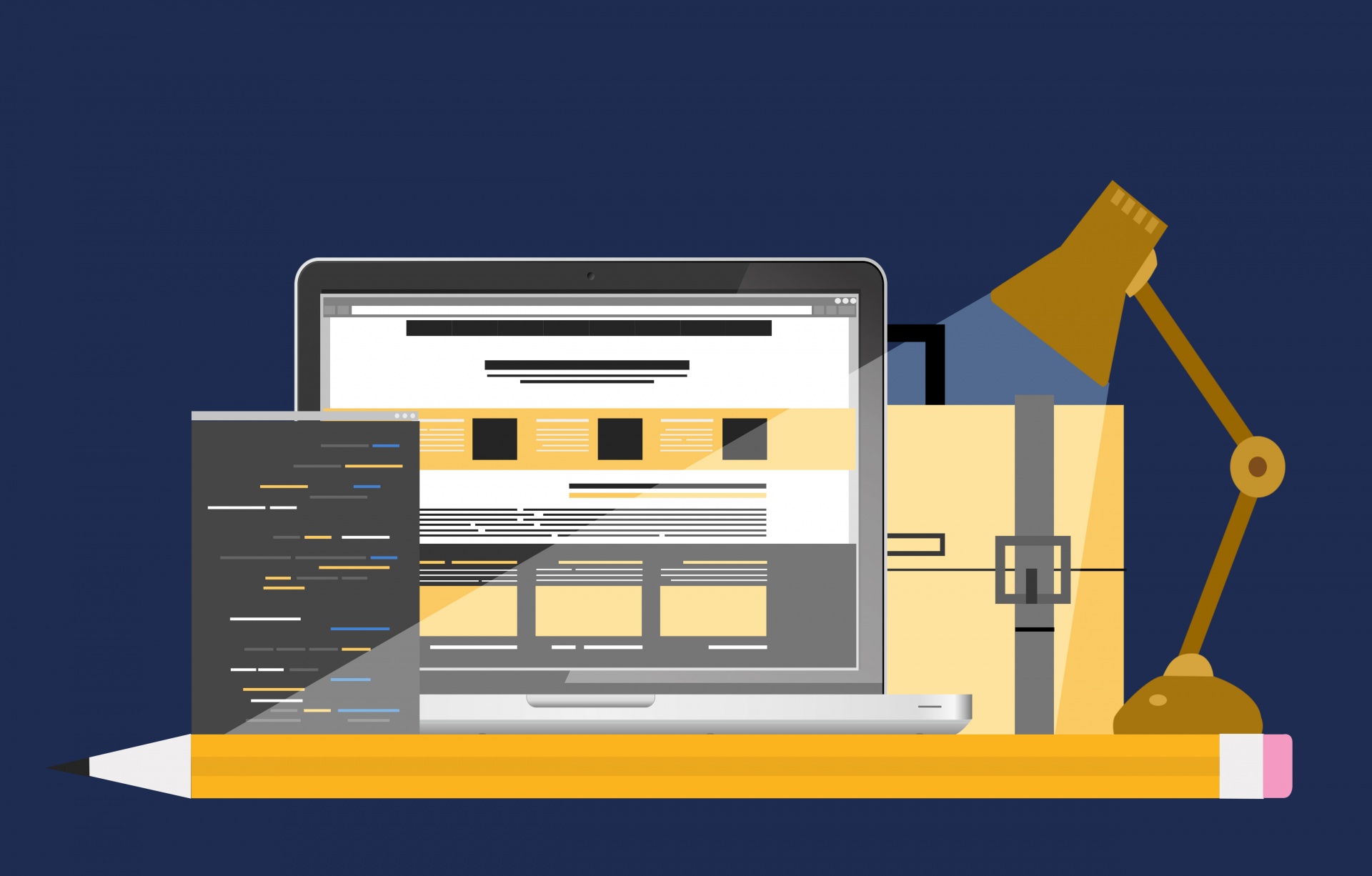
Advancing technology and the digital revolution are rapidly changing the career landscape for designers. Where web design once reigned as the career of choice for digitally-minded visual designers, that job has recently been dethroned by a new supreme leader of the design realm: UX designer.
As more people do business digitally – not just on computers, but on tablets, smartphones, and other mobile devices – companies want more than just a good-looking website. They’re seeking sites that allow users and customers to interact effortlessly with the company and that adapt to the multiple platforms customers use to access their sites. If you want to make the shift in your career from web design to UX design, here are some tips to get you started on the path.
Take Time to Reflect
Start by thinking about yourself and your strengths and interests. Money aside, why are you considering a change in career from web design to UX design? It’s important to understand that while web design is heavily based in pure visual presentation, UX design encompasses a lot more. It incorporates a number of other areas of expertise, including computer science, psychology, and a knack for storytelling.
There’s also a personality aspect you should consider as you think about switching careers. Unlike web design, UX design also requires great communication and collaboration skills – no more sitting at your computer alone, doing your thing behind a big screen and big headphones. If you’re an introvert who prefers to work on your own, UX might not be for you.
Start by doing your research. Look into what it’s like to work in UX design, but also investigate which elements of the work are likely to match with your interests, strengths, and preferred working style. Talk to other UX designers and find out what they enjoy about their jobs – and be sure to ask them not to gloss over less-glamorous aspects of the work. If you do end up deciding that a career in UX design is the right move for you, then press on!
Know the Value – and Limitations – of Your Background
If you’re coming to a new career in UX design with a background in web design, you should understand the value and the limitations of your web design background. Although they seem similar on the surface, web design and UX design are not the same thing. They require some different focus and skills to be successful.
For one thing, UX design is much more focused on users than on technology, as is the case with web design. Instead of understanding the ins and outs of different operating systems and other technologies – a crucial component of web design – UX designers focus first on the needs and expectations of users. They then turn to technology as a tool for delivering on those expectations. UX design also goes beyond just web browsers – it looks at any space, virtual or physical, where users will interact with the company.
On the plus side, a background in web design is helpful when starting out in a new career as a UX designer. Although the two fields are different, there’s still a significant amount of overlap. Essential skills in the field of web design, such as an understanding the basics of web design and familiarity with terminologies for coding, are undeniably helpful in UX design. Don’t be shy about touting your web design experience in your UX design job search – just be aware of the differences you’ll need to be prepared to address as well.
Think Like a UX Design Pro
If you want to launch a career in UX design, it’s important to shift your thinking away from a web design frame of mind to that of a UX design professional. Soliciting and being open to feedback is a key part of success as a UX designer. Again, UX design is user-focused, and all users are unique. That means you’re going to need to explore, experiment, and be in dialogue with others – and likely even engage in some user research – to fully understand how to best meet the needs and expectations of a diverse user base.
Recognize that UX design is a process – one that’s often seemingly without end. You’re always going to be adjusting your work based on user feedback and trying out new ideas in order to make your design as user-friendly as possible.
Of course, it doesn’t hurt to start looking around and taking inspiration from others. As you go about visiting and interacting with a variety of different websites and mobile apps, think about which ones seem to offer the best user experience. What is it that’s making them so successful? Note those elements and incorporate those lessons into your own design work.
Take Some Courses
Improving your skills and knowledge by taking some courses in UX design is a great way to boost your prowess as a UX designer – and it’s an especially smart thing to do if you’re switching from a career in web design. While there’s no need to go out and get a new degree, taking a few courses in UX, either online or in person, can help you get in the right frame of mind for UX work and set you up for success in making the leap from web design to UX design.
There are a lot of great companies offering courses and trainings in UX design, often at a very reasonable cost. Interaction Design Foundation offers an ongoing assortment of courses in UX design at all levels, all available as part of a monthly membership fee. Coursera is another great online learning community. The company doesn’t specialize exclusively in UX design, but courses are available.
Learn Through Networking
Of course, while formalized learning through an online or in-person course is a fantastic way to build your UX design knowledge base, there’s nothing quite like learning first-hand from someone who’s already doing the work. Building your professional connections through networking is a smart thing to do no matter what field you’re in. If you’re thinking of switching to a career in UX design, it can also be a helpful learning pathway.
As you make connections with people who are already working successfully in UX design, ask them for their best career advice or see if they’ll let you in on the thought processes that go into their work. Generally, people are more than happy to offer some guidance and mentorship to designers who are just starting out.
Build Your UX Design Portfolio
The dilemma of needing experience to get a job in a field and being unable to get experience without a job is universal. In UX design, there’s a way to work around this time-honored frustration: by building a great UX design portfolio that you can show off to prospective employers.
There are a number of ways you can build a portfolio of UX design work as you hunt for a full-time position. For example, churches and other non-profits often want to improve their UX design but don’t have the budget to hire a designer. By taking on work for these types of organizations on a volunteer or pro-bono basis, you can start building a portfolio and get some experience and references under your belt.
Additionally, while you’re still working in web design, you can always reach out to UX designers at your company to see how you can get involved with their projects. They’ll likely appreciate the help and have a lot to teach you, and you’ll be able to note your contributions to the finished project as part of your own UX portfolio.
Switching your career from web design to UX design can be a smart move in a rapidly changing market, but it’s important to go into a career change with your eyes and mind wide open. By taking advantage of opportunities for on-the-job learning, mentorship, and networking, you can set yourself on the path to becoming a successful UX designer.
Related: Best Resources To Find UI/UX Design Inspiration
This post was written by Stephen Moyers, an online marketer, designer and avid tech-savvy blogger. He is associated with Los Angeles-based SPINX Digital Agency. He loves to write about web design, online marketing, entrepreneurship and much more. Apart from writing, he loves traveling & photography. Follow Stephen on Twitter & Google+.


